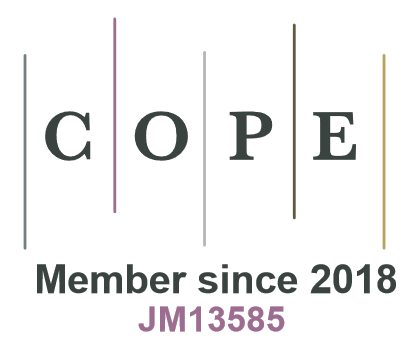Select issue
Silva Fennica 1926-1997
1990-1997
1980-1989
1970-1979
1960-1969
1950-1959
1940-1949
1926-1939
Acta Forestalia Fennica
1992-1999
1984-1991
1974-1983
1968-1973
1953-1968
1933-1952
1913-1932
Articles containing the keyword 'peak stress'
Category : Research article
article id 212,
category
Research article
(2009).
Exploration of fracture dynamics properties and predicting fracture toughness of individual wood beams using neural networks.
Silva Fennica
vol.
43
no.
2
article id 212.
https://doi.org/10.14214/sf.212
Keywords:
Pinus radiata;
wood properties;
cracks;
initiation;
New Zealand;
peak stress;
speed;
video imaging
Abstract |
View details
|
Full text in PDF |
Author Info
In this study, the time to crack initiation (Tinit), duration of crack propagation (Tfrac), crack initiation stress, peak stress as well as crack speed and fracture toughness were investigated for three Rates of Loading (ROL) and four sizes of notched wood beams using high-speed video imaging and neural networks. Tinit was consistent for all volumes and the average Tinit was nonlinearly related to volume and ROL. For the smallest ROL, there was a distinct volume effect on Tinit and the effect was negligble at the largest ROL. However, the stress at crack initiation was not consistent. Contrasting these, Tfrac for all volumes appeared to be highly variable but the peak stress carried prior to catastrophic failure was consistent. The crack propagation was a wave phenomenon with positive and negative (crack closure) speeds that varied with the ROL. As accurate estimation of crack initiation load (or stress) and its relationship to peak load (or stress) is important for determining fracture toughness, Artificial Neural Networks (ANN) models were developed for predicting them from volume, Young’s modulus, face and grain angles, density, moisture content and ROL. Models for crack initiation load and peak load showed much higher predictive power than those for the stresses with correlation coefficients of 0.85 and 0.97, respectively, between the actual and predicted loads. Neural networks were also developed for predicting fracture toughness of individual wood specimens and the best model produced a statistically significant correlation of 0.813 between the predicted and actual fracture toughness on a validation dataset. The inputs captured 62% of variability of fracture toughness. Volume and Young’s modulus were the top two contributing variables with others providing lesser contributions.
Click this link to register to Silva Fennica.
If you are a registered user, log in to save your selected articles for later access.
Your selected articles


